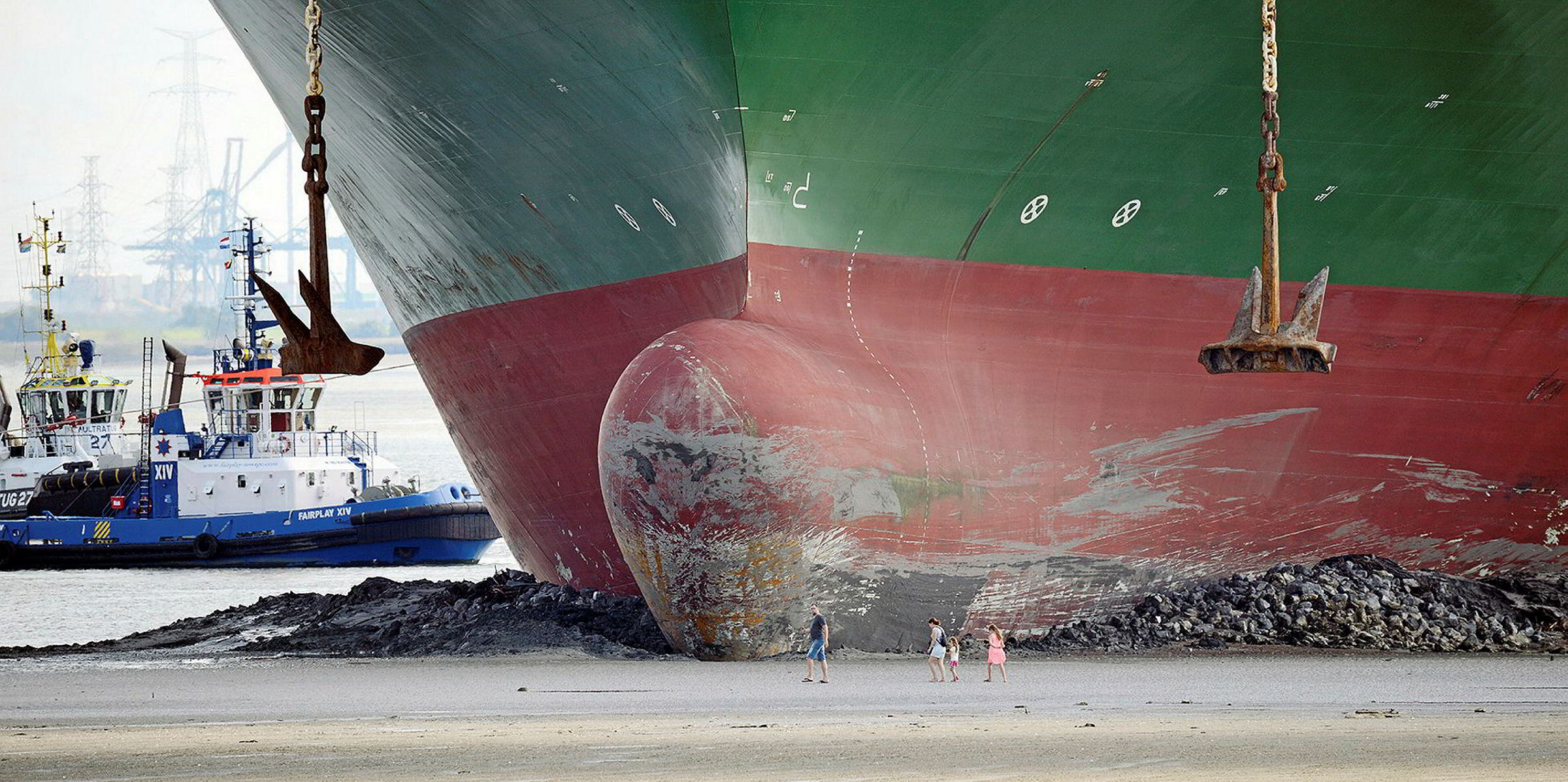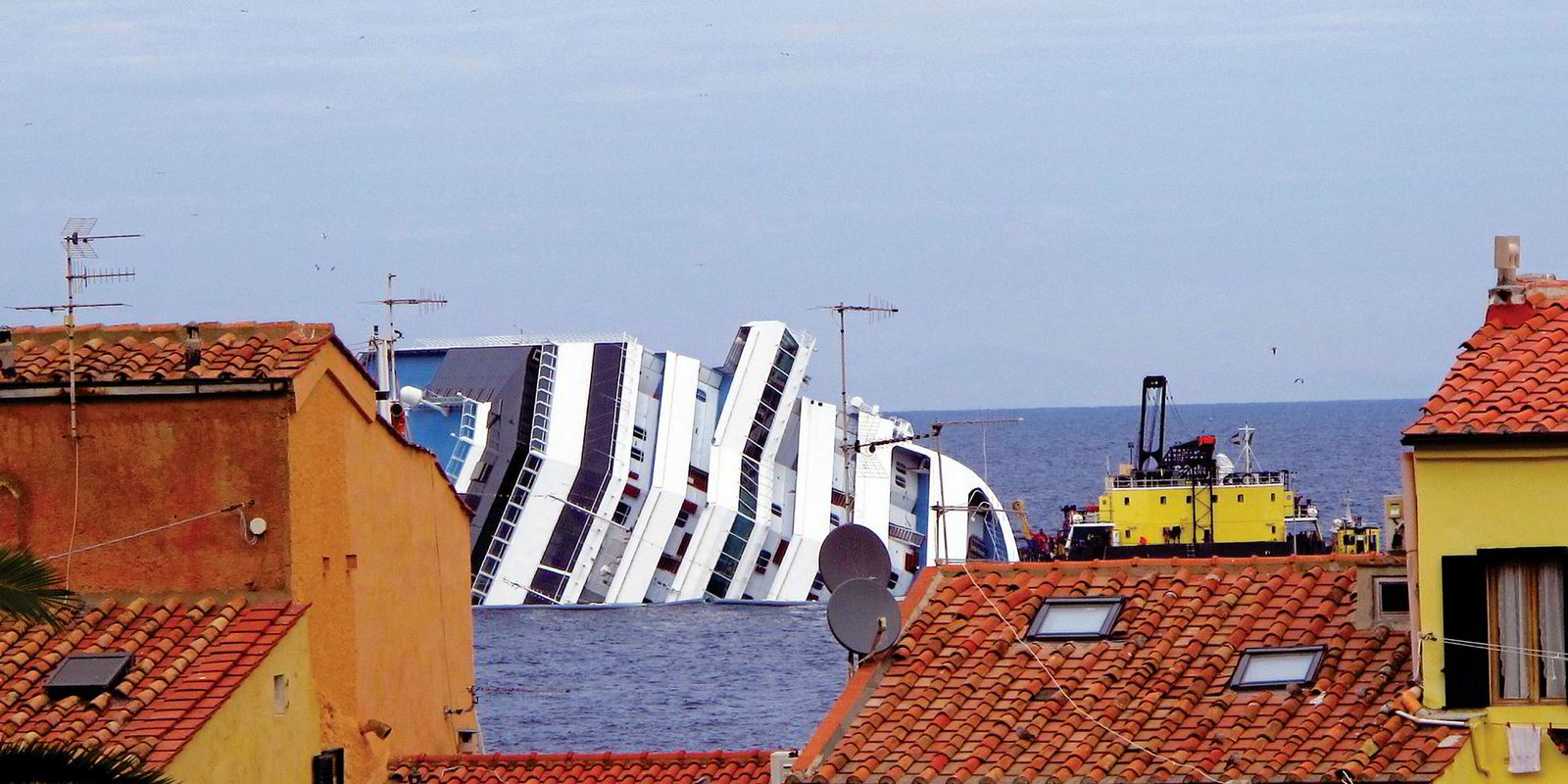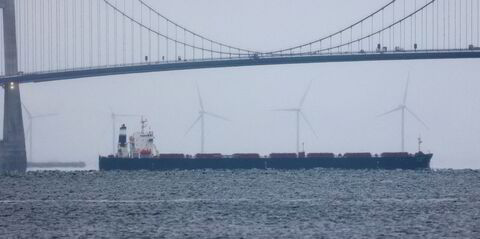International Salvage Union (ISU) members reported revenue of $456m for 2017, a year-on-year increase of 20%.
But the sector is far from the revenue levels of $700m seen between 2013 and 2015, the trade body said in annual review.
“The industry continues to be active, continues to invest and continues to mitigate loss for ship owners and insurers,” the ISU said.
“While the statistics show that the industry has recovered slightly from the low point of 2016, revenues are not approaching the levels of 2013, 2014 and 2015 when annual income was more than $700m.”
The total number of dry salvage services last year i.e. emergency response as opposed to wreck removal, was 251.
This is down on the 306 operations reported for the whole of 2016. However, that was the highest number for nearly 20 years.
Revenue from Lloyd’s Open Form (LOF) cases in 2017 was $54m which is the lowest since 1999 and continues the downward trend of LOF.
SCOPIC revenue was described as being at an “all-time low” coming in at just $20m – down from $60m the previous year and the lowest annual revenue since it was introduced in 1999.
“The number of LOF cases that realised revenue in 2017 for ISU members was 46 – an increase on the 34 cases in 2016,” the ISU said.
“However, with the increase in cases and decrease in LOF revenues it means the average revenue from each LOF case, including SCOPIC revenue, has fallen and was $1.6m, down from $ 3.9m the previous year.”
The ISU said the total of LOF salved values was nearly $1bn and the average LOF salved value was $21m.
This resulted in average income, excluding SCOPIC payments, for each LOF case – both settlements and arbitrators’ awards – was 5.6% of the salved value, the lowest on record.
“Revenue from LOF cases represented 31% of all dry salvage revenue and LOF cases accounted for 18% of all dry salvage cases in 2017,” the ISU said.
“Ten years ago, LOF revenue represented more than 70% of dry salvage income and 34% of cases.
“Both numbers confirm the continuing decline in the financial significance of LOF over the past few years.”
At the same time, revenue in 2017 from operations conducted under contracts other than LOF was $119m – up from $75m the previous year.
“Average revenue from non-LOF contracts was therefore $580,000 per case. It reflects the continuing trend for commercial contracts to be used in place of LOF,” the ISU said.
Wreck removal income has grown during the past decade and remains an important source of income for members of the ISU.
In 2017, 120 operations produced income of $264m, 58% of total income, and an increase from the $172m seen in 2016.
Commenting of the statistics, ISU President, Ms Charo Coll, said: “The 2017 ISU statistics again show the variability of our industry.
“Yes, the total revenue of $456m was an increase on the previous year but that is still far from the $717m of two years ago – more than 30% down.
“The forces of competition may be making salvors undertake cases for lower returns and there may be pressure from owners and insurers to drive down costs.”
The ISU said LOF revenue is much reduced and a contributing factor could be the increased use of “side agreements” which it claims are used to “reduce” LOF awards and settlements.
“It is vital for world trade that there is a well-resourced and capable marine salvage industry available to save life, protect the environment and save property and we encourage the shipping industry to support its professional salvage providers.”






